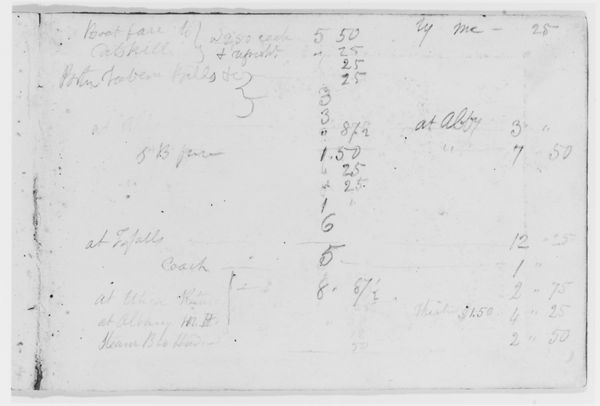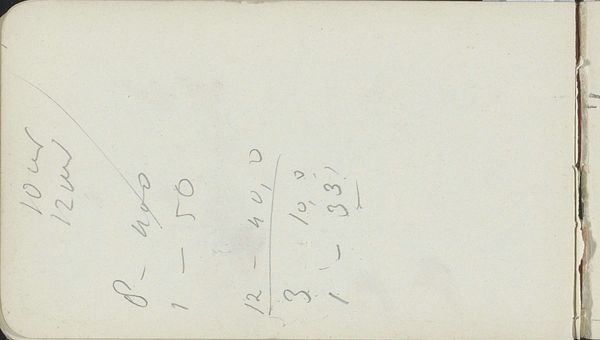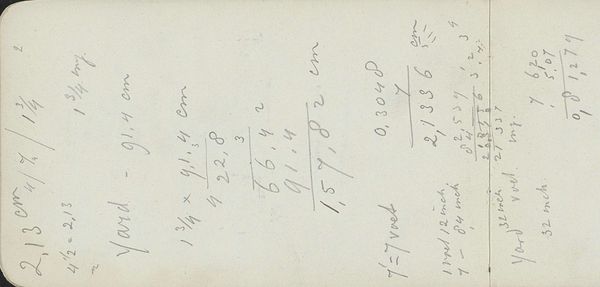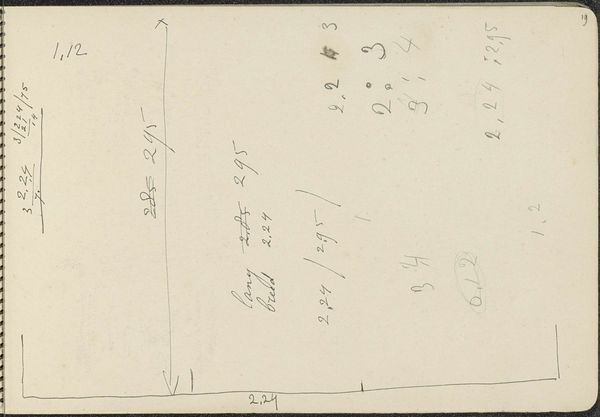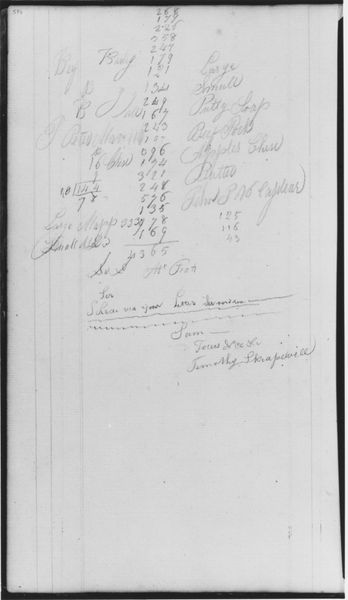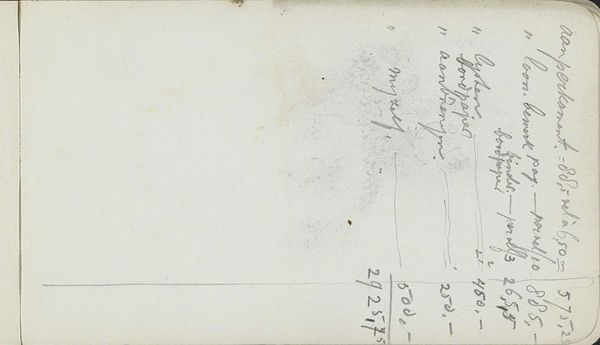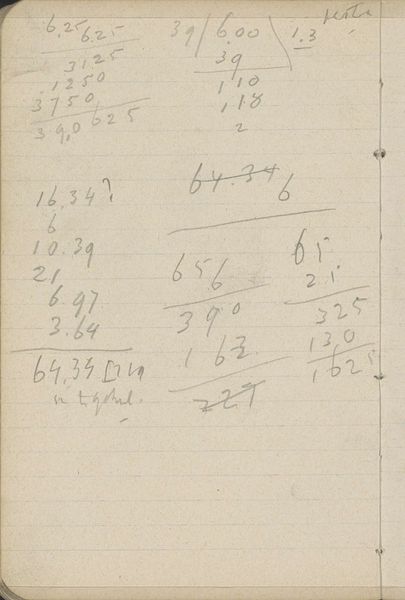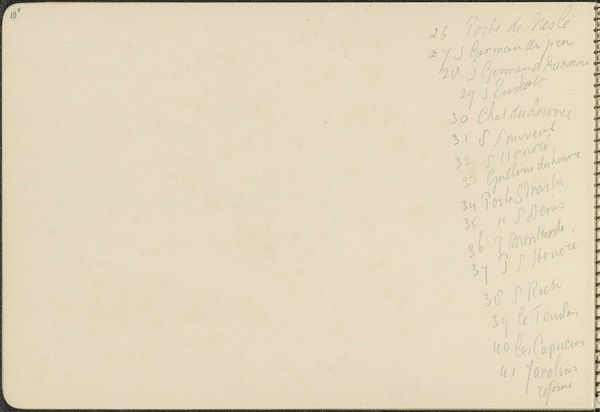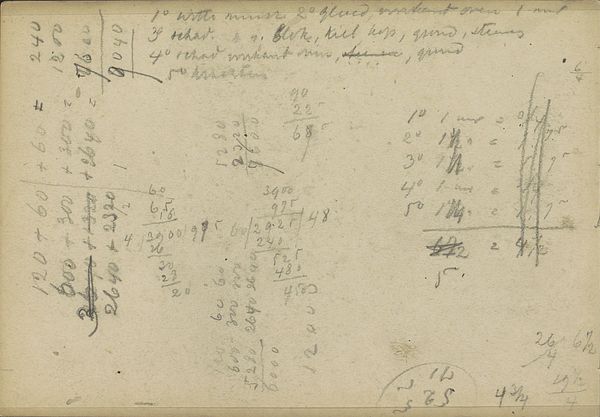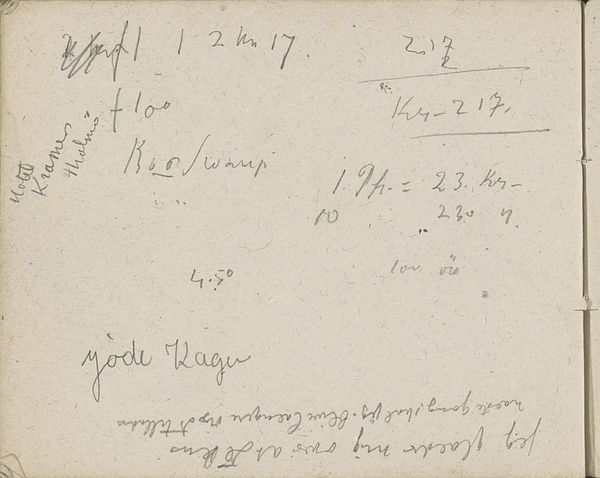
Landscape and Accounts (from Sketchbook) 1796 - 1886
0:00
0:00
drawing, paper, ink, pencil
#
portrait
#
drawing
#
hand-lettering
#
landscape
#
hand lettering
#
paper
#
ink
#
pencil
#
academic-art
Dimensions: 4 5/8 x 6 7/8 in. (11.7 x 17.5 cm)
Copyright: Public Domain
Editor: This is Asher Brown Durand's "Landscape and Accounts (from Sketchbook)," created between 1796 and 1886, rendered in ink and pencil on paper. At first glance, it feels like a glimpse into the artist's personal life – a blend of financial notes and landscape sketches. What do you see in this piece beyond that initial impression? Curator: I see a visual palimpsest, where layers of meaning compete and coexist. The written accounts – the mundane details of daily expenses – are superimposed over faint landscape drawings. The Hudson River figures prominently in Durand’s imagination. Consider the symbolic weight of the landscape itself during the 19th century: a representation of American identity and promise. Does this pose a contradiction, that these ideals were financed and tallied in everyday figures? Editor: That’s a really interesting point. The juxtaposition feels intentional, though. Like he’s embedding the economics of his art practice into the landscape itself. Curator: Precisely. And that duality might suggest something profound about the artist's relationship with nature and commerce. Durand lived during a period of immense industrial expansion that irreversibly altered the American landscape. Does this image seem like an affirmation of, or an elegy to that change? Is he documenting it? Lamenting it? Critiquing it? Editor: I hadn't considered it that way before, but it definitely gives the sketch a layer of social commentary I hadn't noticed at first. Thanks for pointing out those complexities. Curator: My pleasure. The power of visual symbols lies in their capacity to hold multiple, sometimes contradictory meanings, reflecting our ever-evolving cultural memory.
Comments
No comments
Be the first to comment and join the conversation on the ultimate creative platform.
